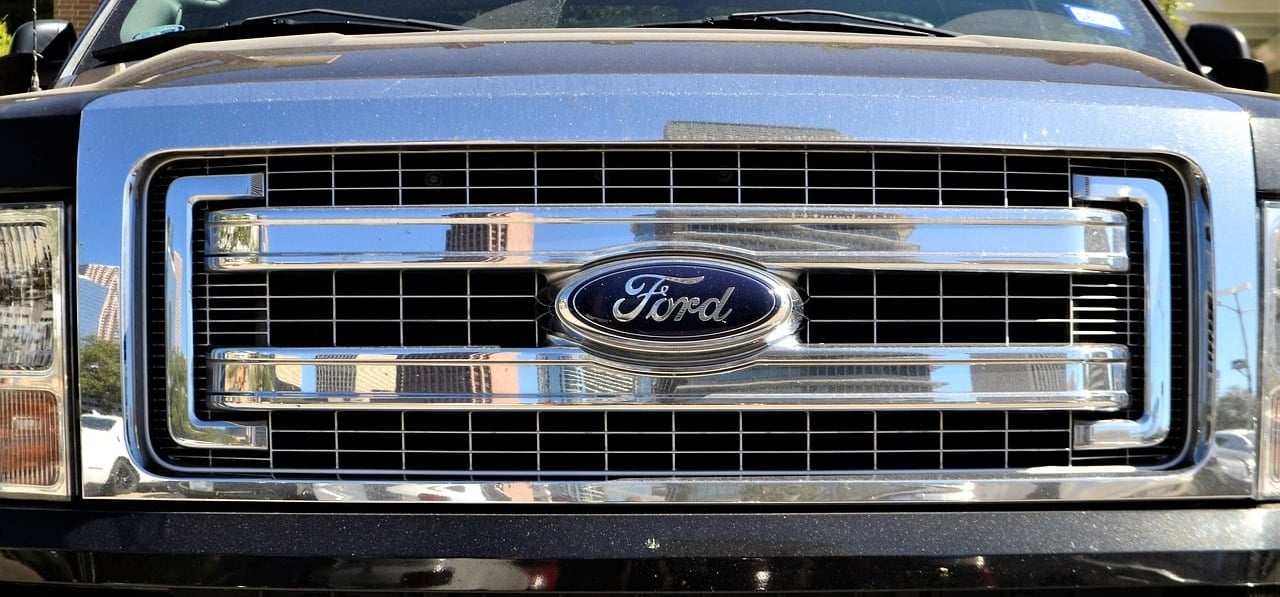It is an open secret that auto sales are down an average of 13% to date this year over the same time in 2017. Some reasons for this downturn include a sluggish economy, fewer sales promotions to entice buyers, and not much change in the industry to substantiate turning in old Betsy for the latest model. Another reason that sales are slow is that more and more car owners are opting to lease instead of buy. Also, job promotions trail 2007’s figures and fewer and lower salary increases are a few more reasons cited by tire kickers who stubbornly refuse to convert. The fact is that the average American-owned vehicle on the highway today is about 12 years old. Drivers are holding on to their older, reliable wheels longer than to opt for a used car of more recent vintage, but with an unknown maintenance record, or for a budget-straining car loan.
Whereas up until 2007 (the year before the economic crisis), a number of high-powered sports models made the top sellers list, this year, to date, the entries are serviceable vehicles. These range from true economy models, (the Honda Civic), to the Ram, F-Series, and Silverado trucks the currently favored commercial vehicles. Not a single electric car, nor a luxury model has made the top 15 of 2018 to date. Without further fanfare, at mid-year, here are the top selling cars of 2018, and the numbers sold to date:
- Toyota Tacoma: 53,779
- Jeep Wrangler: 55,504
- Nissan Sentra: 60,002
- Honda Accord: 61,601
- Ford Explorer: 52,804
- Nissan Altima: 63,406
- Ford Escape: 67,350
- Honda CRV: 82,046
- Honda Civic: 82,149
- Honda Civic: 82,398
- Honda Civic: 90,767
- Ram Truck: 103,964
- Nissan Rogue: 116,454
- Chevy Silverado: 135,545
- Ford F-Series: 214,191
Some of the innovations that are prompting buyers to fork over their hard-earned dollars include, back-up cameras, superior sound systems by Bose and other top audio manufacturers, and luxurious interiors including leather seating, even in popular-priced models. Over the past twenty years all our lives have been influenced by the internet. Automakers have embraced connectivity as a means to keep our online-directed lives on track, even when we commute. This functionality can be carried to extremes, however, evidenced by Land Rover’s app which enables users to raise and lower all but the driver’s seat via cell phone. Still other amenities which close the sale for many buyers are once-high end only options, such as all-wheel drive, now standard on many entry-level and mid-range lines.
More Buying Options Than Ever Before
Another reason for buyer confusion is the more expansive array of models, let alone buying options they face when considering a new ride. A decade ago one could purchase a new or used vehicle from a dealership, run the VIN and see if a vehicle had been in any accidents. Today, prospects know to ask the dealer for individual vehicle history reports like CarFax, or Car Guru, producing these documents has become requisite at most resellers. Another option for locating a reliable used car had been to peruse the classified ads in community or local newspapers hoping for a bargain. These ads are fewer and far between now as many older vehicles remain in the family, handed down to college-age children, or become commuter cars.
Car owners looking to upgrade or downsize today are face with choices that did not exist in their price range when they went car shopping previously. Since that time, reliable electric, hybrid, and crossover vehicles have entered the mass marketplace. Luxury marques such as BMW and Mercedes Benz, even Tesla now produce entry-level vehicles with an under $40K base sticker. Another consideration for today’s car buyers is the multiple driver car. At first they may be the sole driver, but during the course of ownership, the new vehicle will become the car that their children drive/own for the remainder of its service life.
In the end, every car-buying decision comes down to receiving the biggest bang for the buck, whatever the budget. Will the sluggish 2018 car sales metric recover? Possibly. The current model year vehicles are offered at reduced prices beginning in mid-May to make room for the following year models, which debut in September. Only a few years ago, these reductions began in July, and dealer lots were empty by late August. The strength of automakers’ marketing and promotions will determine the 2018 sales outcome for the remaining months. One such option is to extend the sales season, offering the best prices up front, not when only the less desirable models are left. Also to utilize online marketing strategies such as website-based promotions, email marketing, and social media campaigns that target specific demographics using peer recommendations to drive last-minute sales.
In 2018, the need for a new/used car will be supported by how affordable dealers and automakers make their varied options, as well as how each is presented to the buying public. This year, and going forward, driving (pun intended) home the concept of value to cash-strapped consumers via social media and other online outlets they have come to trust, will most likely seal the deal and influence more sales than TV and print ads alone. We’ll recap first quarter 2019 and see!



